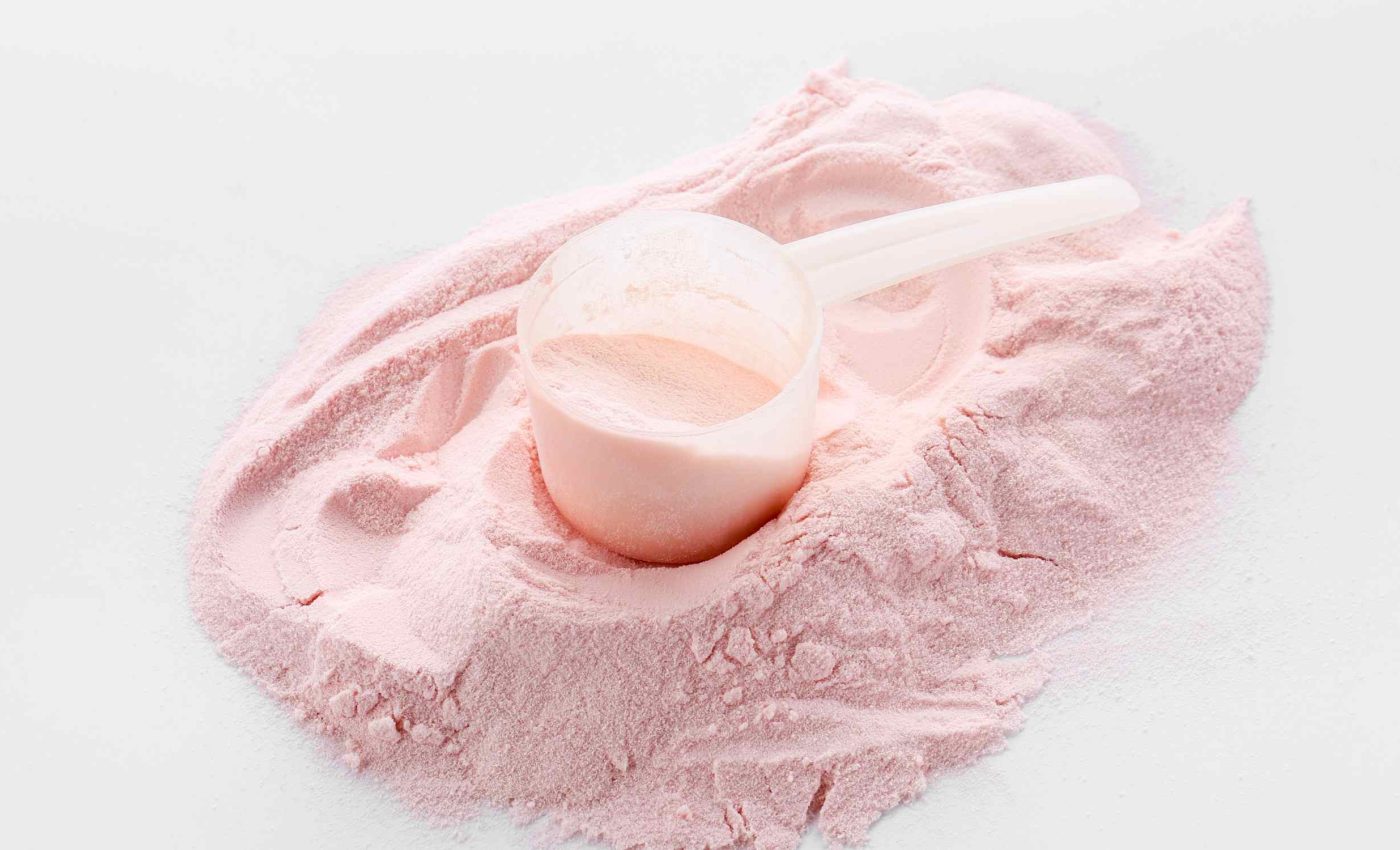
Experts discover a worrying detail in more than half of the protein powders on the market
A new investigation tested 23 protein powders and ready to drink shakes sold in the United States. More than two thirds exceeded what its experts consider safe for lead in a single serving.
Plant based lines posted the highest averages. The watchdog also flagged specific products with especially high results.
CR measured higher lead in plant based powders than in animal based ones. On average, levels were about nine times whey and twice beef.
Two products stood out for the highest measured lead. Naked Nutrition Vegan Mass Gainer and Huel Black Edition were labeled products to avoid.
Tunde Akinleye, a Consumer Reports food safety researcher, led the testing project. His team compared single serving exposures across popular formulas.
“Quite disappointed to see the results,” said Pieter Cohen of Harvard Medical School (HMS). He was not involved in the testing.
How lead gets in protein powder
Plants take up minerals and contaminants from soil and water. That is why plant based powders can show higher lead than whey or beef based products.
One driver is legacy pollution in soils used to grow peas, rice, and other protein crops. Bioaccumulation, gradual build up in living tissues, can raise levels along the food chain.
“The plants can absorb more lead than usual,” Cohen said. His point helps explain why plant based averages ran higher in the new data.
Companies dispute the implications, and they emphasize testing. Huel said its products are “completely safe to consume,” and that they meet international safety limits.
What counts as safe exposure
California’s Proposition 65 sets a MADL for lead at 0.5 micrograms per day. This level aims to protect against reproductive harms.
CR used that daily limit as its benchmark for a single serving. That choice is conservative, and it reflects the view that less exposure is better.
Lead can persist in bones for months to years. Lowering intake helps keep long term body burden down.
CR also screened for other metals of concern. Some products contained cadmium and inorganic arsenic, which further underscores the need for careful sourcing.
Lead rules for protein powder
Supplements reach shelves without routine premarket approval by the Food and Drug Administration. The agency’s own answers explain that FDA does not approve dietary supplements before marketing.
CR urged federal action to set strict limits for lead in protein products. Regulators do act in some food categories, and those moves can be instructive.
In January 2025, FDA issued final guidance that set action levels for lead in processed baby foods. The policy describes nonbinding thresholds that FDA may use in enforcement.
Company responses highlight another wrinkle. Serving size varies widely, which can push total exposure higher even when per gram concentrations look similar.
Why heavy metal limits matter
Chronic exposure to heavy metals is linked to long term neurological, cardiovascular, and developmental problems.
Even small daily doses can pose risks because these metals build up faster than the body can remove them. Medical researchers warn that exposure levels considered “safe” decades ago may no longer reflect current scientific understanding of low dose toxicity.
Public trust in supplements depends on credible oversight. When safety standards lag behind scientific findings, consumers are left to navigate risk on their own.
Setting enforceable limits for lead, cadmium, and arsenic would not only protect health but also reward responsible manufacturers that already meet stricter voluntary standards.
Reading labels without getting lost
Check serving size first. A weight gainer meant for athletes can deliver far more total powder per shake than a standard scoop.
Scan the ingredient source. Pea, rice, and mixed plant proteins can be fine, but crops grown in certain soils may carry higher background lead.
Look for independent verification on the label. Certifications such as NSF Certified for Sport or Informed Choice signal extra testing, though no logo guarantees zero lead.
Rotate your protein sources when you can. Whole foods like dairy, eggs, fish, beans, and poultry can cover daily protein needs for most people.
Lessons from lead in protein powder
If you rely on protein powder, aim for brands that publish batch testing and explain their sourcing. Favor products that keep the serving size reasonable for your goals.
Treat a shake as a convenience, not a diet foundation. Most healthy adults can meet protein targets through balanced meals.
If you choose plant based powders, consider alternating among sources over the week. Variety helps spread potential exposures across different supply chains.
Keep the broader picture in mind. A steady pattern of low exposure is safer than cyclical spikes created by oversized scoops.
—–
Like what you read? Subscribe to our newsletter for engaging articles, exclusive content, and the latest updates.
Check us out on EarthSnap, a free app brought to you by Eric Ralls and Earth.com.
—–













